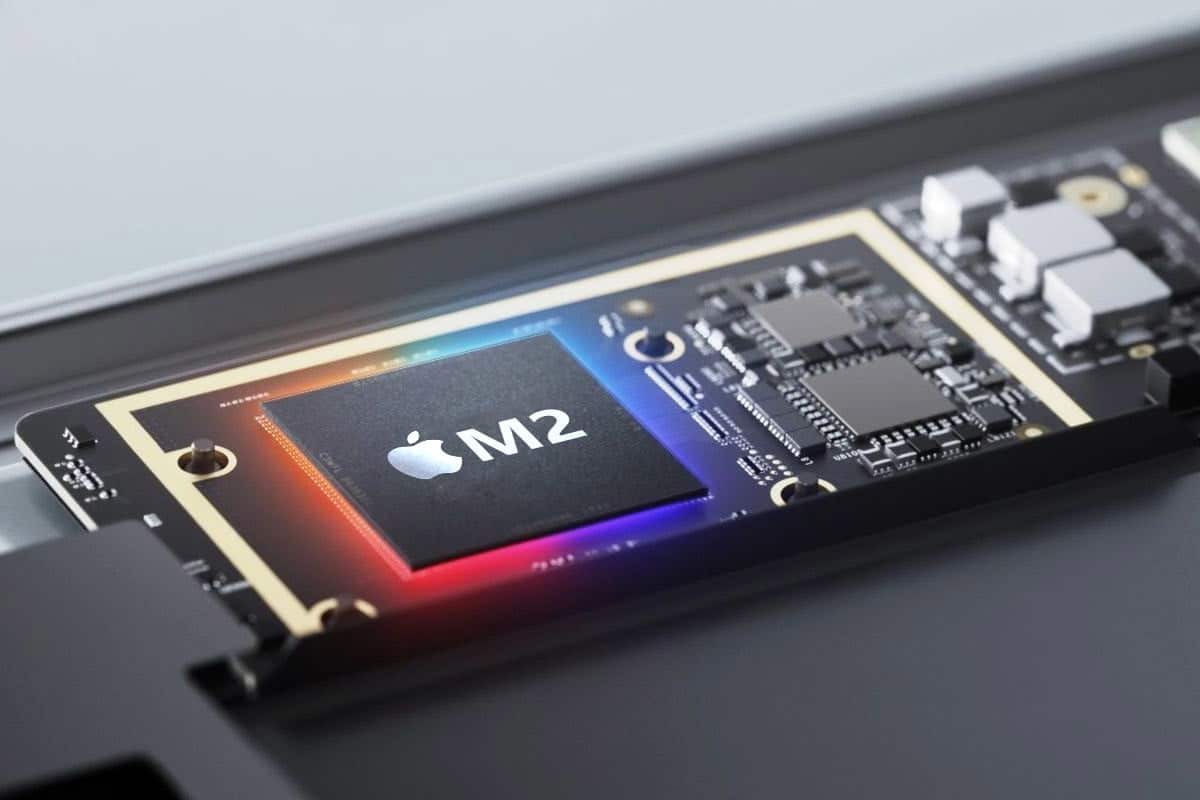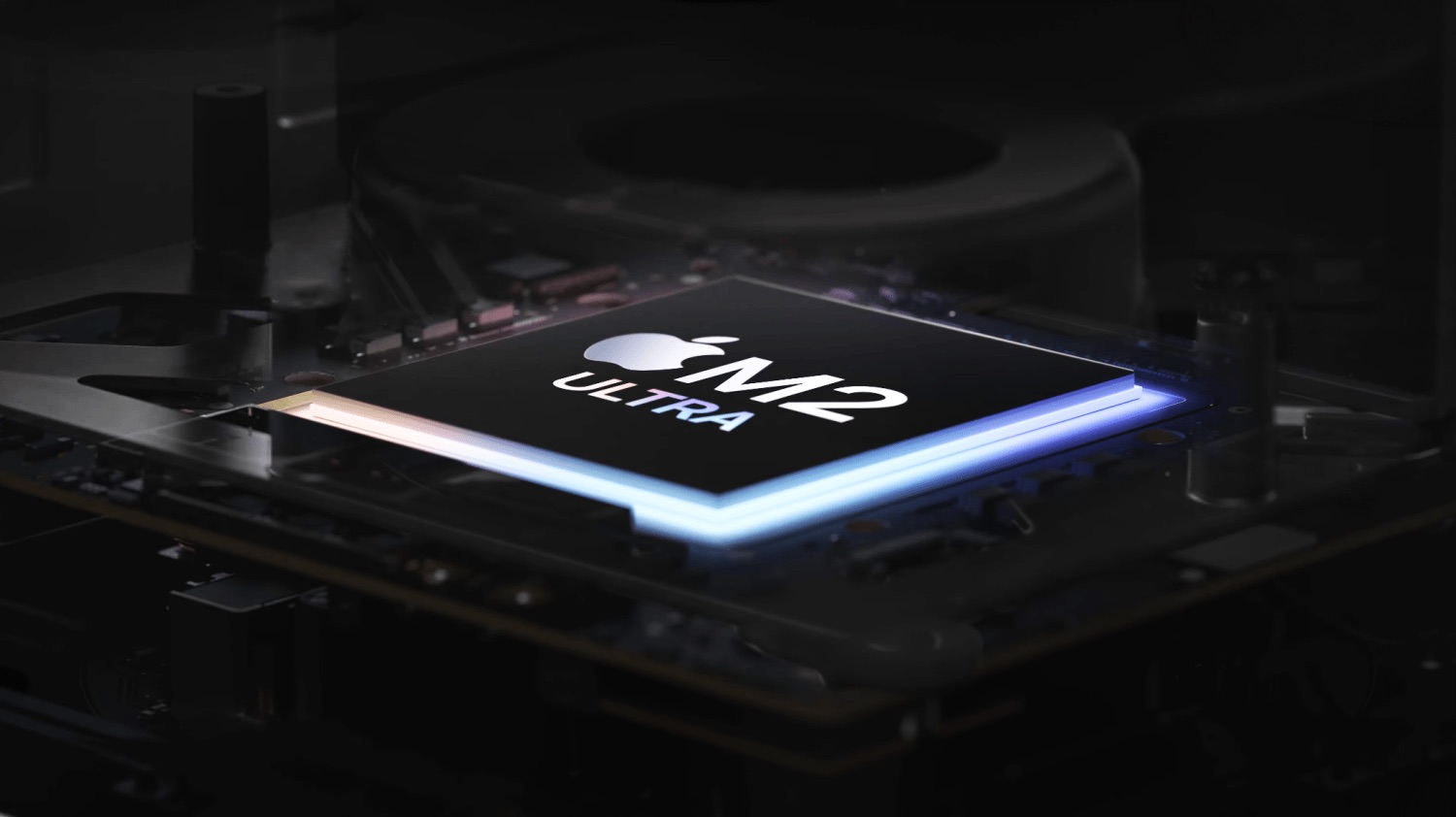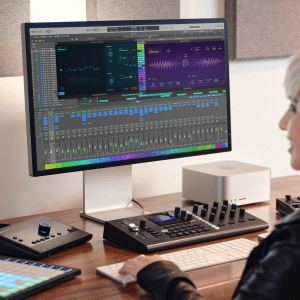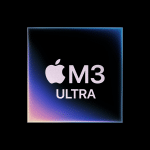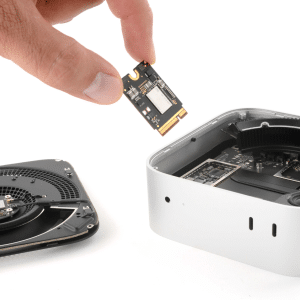The M2 Max and M2 Ultra share Apple’s second-generation 5nm architecture but differ significantly in scale. The M2 Max features a 12-core CPU (eight performance cores, four efficiency cores), up to a 38-core GPU, and a 16-core Neural Engine, with 400GB/s memory bandwidth. It supports up to 96GB of unified memory and 8TB of SSD storage. The M2 Ultra, essentially two M2 Max chips fused via Apple’s UltraFusion technology, doubles these specs: a 24-core CPU, up to a 76-core GPU, a 32-core Neural Engine, and 800GB/s memory bandwidth. It supports up to 192GB of RAM and 8TB of storage. This doubling makes the Ultra a beast for parallel processing, but the Max holds its own for less demanding tasks.
Performance in Creative Workflows
For video editors, the M2 Ultra’s enhanced media engine shines. It can handle up to 22 streams of 8K ProRes 422 video and offers 50% faster processing in DaVinci Resolve compared to the M1 Ultra. In Final Cut Pro exports, the M2 Ultra nearly doubles the M2 Max’s performance, with one test showing a 4K video transcode in 47 seconds versus 3 minutes 25 seconds for the Max. Photographers working with large RAW files (e.g., 130MB files from a Sony a7R V) in Adobe Lightroom and Photoshop find the M2 Max sufficient, especially with 64GB or 96GB of RAM. The Ultra’s extra cores and memory bandwidth provide minimal benefits for still photography unless handling 3GB+ layered Photoshop files with AI-driven features like Generative Fill.
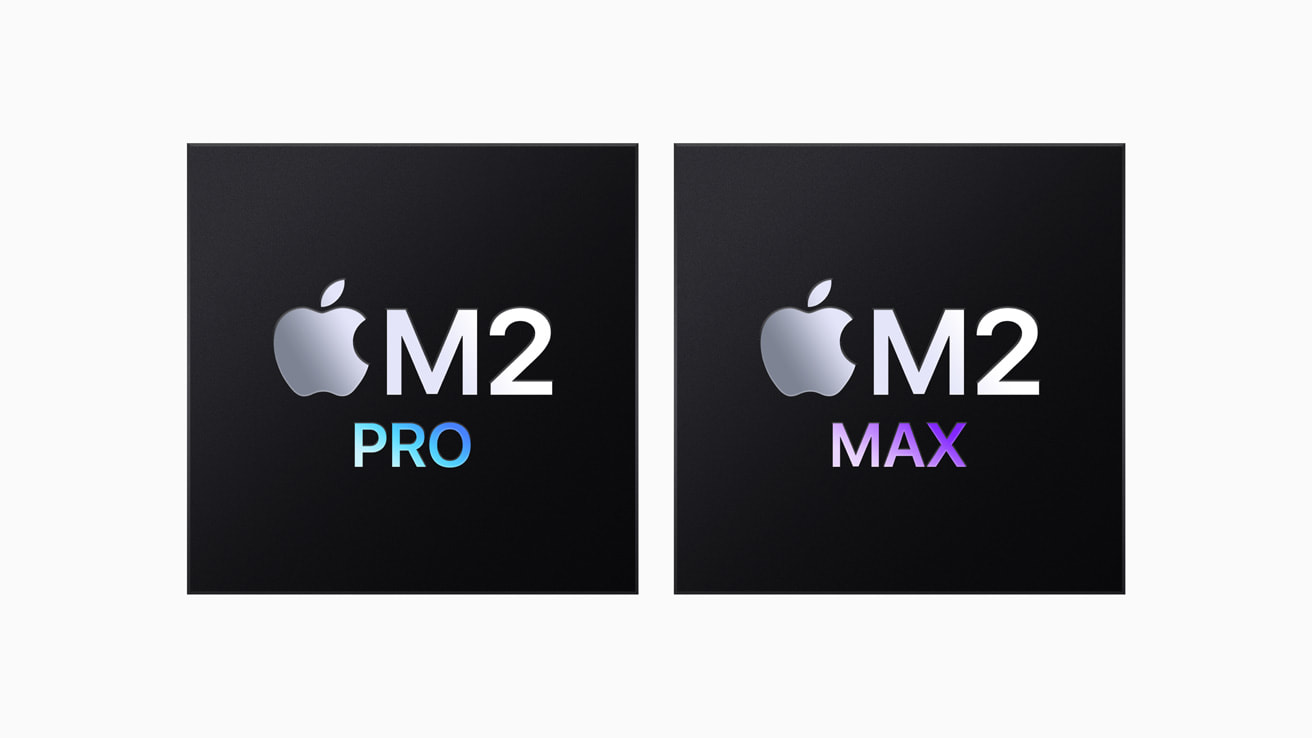
Music Production and Programming
Music producers using Logic Pro or Cubase benefit from the M2 Ultra’s higher core count for multithreaded tasks, such as running multiple virtual instruments or heavy plugin chains. Users report smoother performance with 30-track projects involving Waves plugins and MIDI drums, where the M2 Max occasionally struggles with crackling. For programmers, the M2 Max excels in build times for Xcode and Visual Studio Code, but the Ultra’s memory bandwidth and core count give it an edge for complex AI model training or large-scale data processing. If your coding involves lighter tasks like backend development with Docker, the M2 Max’s efficiency is often enough.
Connectivity and Expandability
Connectivity is a key differentiator. The M2 Max Mac Studio offers four Thunderbolt 4 ports, two USB-A ports, an HDMI 2.1 port, a 10Gb Ethernet port, a headphone jack, and two front USB-C ports (10Gb/s). It supports up to five external displays, including one at 8K. The M2 Ultra ups the ante with two front Thunderbolt 4 ports (40Gb/s) and support for eight displays, including three at 8K. This makes the Ultra ideal for multi-monitor setups or high-bandwidth peripherals like NVMe SSD enclosures, which deliver up to 3GB/s for video editing. External storage is a cost-effective alternative to Apple’s pricey internal SSD upgrades, with users recommending Thunderbolt 3/4 enclosures for 4TB NVMe drives.
Cost vs. Value
Price is a major factor. The M2 Max Mac Studio starts at $1,999 with 32GB RAM and 512GB storage, while the M2 Ultra starts at $3,999 with 64GB RAM and 1TB storage. Upgrading the M2 Max to 64GB RAM and 2TB storage costs around $2,799, still $1,200 less than the Ultra’s base model. For many, the M2 Max offers a better value, especially since it outperforms the M1 Ultra in GPU-heavy tasks like Blender and Final Cut Pro. The Ultra’s premium is justified only for workflows demanding massive parallel processing or extensive RAM, such as machine learning or 8K video pipelines. Otherwise, the savings from choosing the Max can fund accessories like high-quality monitors or lenses.
Making the Right Choice
The M2 Max is the sweet spot for most professionals, handling photo editing, light video work, and programming with ease. Its lower cost, lighter 5.9-pound chassis, and sufficient performance make it versatile. The M2 Ultra is tailored for niche, high-intensity workloads—think multi-stream 8K video editing, complex AI tasks, or music production with dozens of tracks. If your workflow pushes the limits of RAM or core counts, the Ultra’s power is worth the investment. For most users, though, the M2 Max delivers ample performance without breaking the bank.
